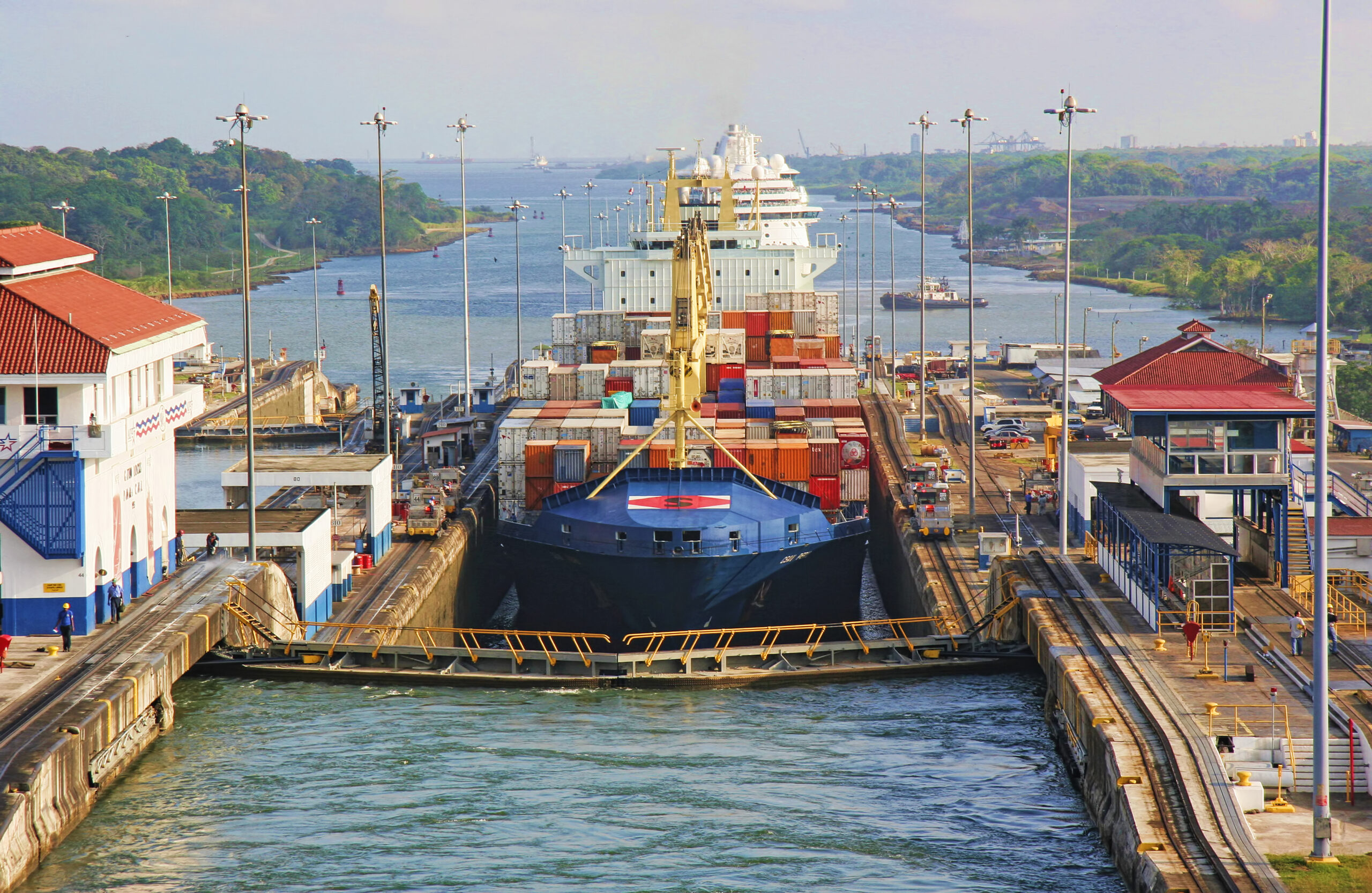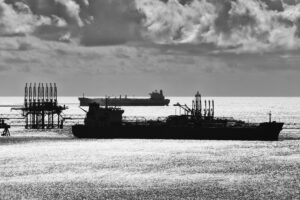The drought is impacting traffic in the Panama Canal which is progressively lowering the canal’s reservoir levels and forcing the Panama Canal to periodically manage water utilization in a sustainable manner to maintain acceptable and competitive draft levels.
The current conditions, are creating an unprecedented drought, and thus far has produced the driest year on record since 1950.
In light of the prolonged effects of the dry season, the Panama Canal Authority has announced that it will maintain a draft of 44 feet or 13.41 meters for the next several months, as long as weather conditions do not vary significantly from current projections.
Consistent with this draft and along with this temporary condition, an average of 32 vessels per day will be allowed to transit.
As part of a worldwide phenomenon, in the last six months, the Panama Canal has experienced an extended dry season with high levels of evaporation, with a high probability of an El Niño condition before the end of this calendar year.
The Panama Canal Authority said it was implementing procedures to improve water efficiency in its operations, while conducting studies to identify long-term solutions to climate variability. “However, the current severity coupled with its recurrence is historically unprecedented,” the authority said yesterday.
The last period of intense drought in the Canal took place in 2019 – 2020. These cycles, as the canal administrator Ricaurte Vásquez Morales says, have historically happened once every five years.
The Panama Canal is monitoring the development of weather events affecting water availability in the canal watershed, which according to forecasts, could worsen with the arrival of the El Niño phenomenon.
Since January 3, the canal has implemented a series of water-saving measures within its operations which will guarantee, as the canal authority claims, that ample water resources will be available to supply the population and “offer a reliable and competitive service to customers throughout the dry season.”
“This is an issue that the Panama Canal has been warning and preparing for; however, we could not have predicted exactly when the water shortage would occur to the degree that we are experiencing now,” explained Vásquez Morales.



